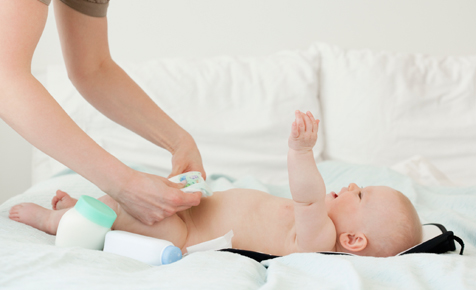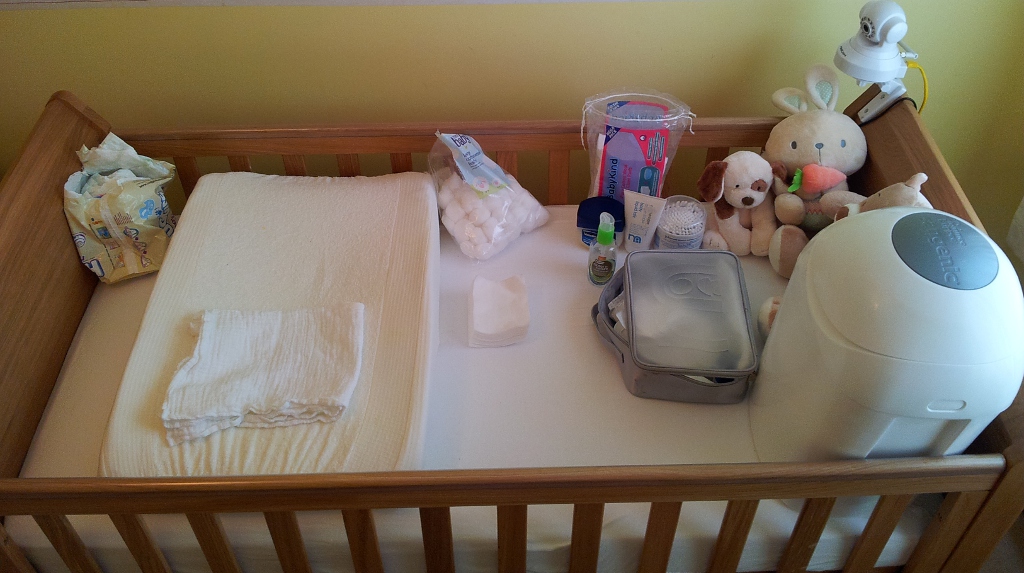They say that in order to be good at something, you have to practice with all your heart and might. That is true especially if you are a new mother struggling with breastfeeding. Many people think that breastfeeding is merely holding the baby and putting his/her mouth on your breast. How mothers wish this is the case but no.

Breastfeeding is a bit complicated. Your primary goal here is to make the baby comfortable as much as possible whilst feeding him/her. That calls for coordination and at the same time patience. You will not perfect it if you are new but with practice, you will be so good at it that you can even breastfeed even when eyes closed.
You have to find a hold that works for you and the baby. It is important that you know different positions because you will do it every day for as long as you consider breastfeeding. Here are some positions that you need to consider if you want nursing to go smoothly:
- Cradle hold: The classic position is the cradle hold, this requires you to support the baby’s head using the crook of your arm. You should sit on a chair with armrests for support with many pillows. You have to hold him/her in your lap so that he/she is lying on her side with his/her face, knees and stomach directly fronting you. To secure the hold, tuck him/her lower arm under your own arm.

- Cross-over hold: Cross-over or cross-cradle hold is another famous breastfeeding position. This position is different in the sense that you do not support the baby’s head using the crook of your arm. Your arms will cross-over or switch roles. For example, if you are nursing from the right breast, you should use your left arm and hand to hold the baby. You just need to rotate his/her body so his/her tummy or chest are fronting you. This position is best for babies who have difficulties latching on.
- Reclining position: If you are recovering from a caesarean operation, this position is recommended for you. You just need to make sure that you keep your hips and back in straight line. Your baby should face you and you can just draw him/her close and support his head with your hand.
That should do it. The important thing when breastfeeding is making sure that the baby knows how to latch on. Regardless of what position you prefer, you need to bring the baby to your breast than the breast to your baby.



